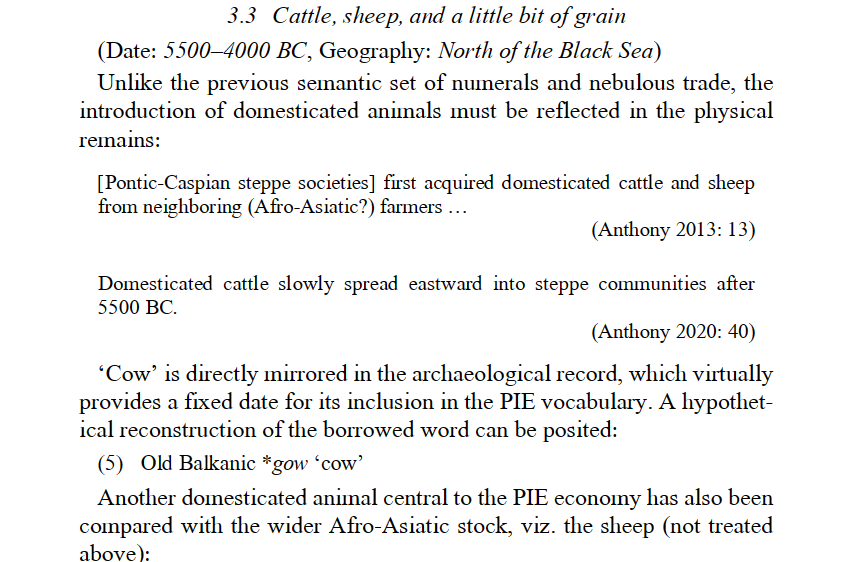PaleoRevenge
Regular Member
- Messages
- 962
- Reaction score
- 681
- Points
- 93
This is the in comparison to the raw data.

I prefer to remove Hungarian post-Roman samples because they are all over the place and often mixed individuals. Early Albanian cluster is next evolution of the Bassarabi one, and and they are surrounded by similar profiles from Avar Hungary, not Dalmatia.
I use the term Bassarabi as all inclusive for unaltered, Daco-Thracian. It is the most original E-V13 IA profile. Psenchievo Thracians were likely very similar before mixing with neolithic heavy and Anatolian-Levant admixture. I do not believe the profile will be entirely restricted to Bassarabi, but it will be found concentrated on a geography that matches that culture, hence why I coined the profile as such. The Bessi will likely be Bassabi shifted. We will just have to wait for future samples. Rrenjet inbreds will be btfo when the Gomolava and Transalvanya papers come out. Plus the new measurement of IDB relationship will make their fraudelent semantic games pointless. IBD has a final say on who is related to who and there is simply no way around it. The early Albanian IBD cluster is nowhere near Illyrians.

I prefer to remove Hungarian post-Roman samples because they are all over the place and often mixed individuals. Early Albanian cluster is next evolution of the Bassarabi one, and and they are surrounded by similar profiles from Avar Hungary, not Dalmatia.
I use the term Bassarabi as all inclusive for unaltered, Daco-Thracian. It is the most original E-V13 IA profile. Psenchievo Thracians were likely very similar before mixing with neolithic heavy and Anatolian-Levant admixture. I do not believe the profile will be entirely restricted to Bassarabi, but it will be found concentrated on a geography that matches that culture, hence why I coined the profile as such. The Bessi will likely be Bassabi shifted. We will just have to wait for future samples. Rrenjet inbreds will be btfo when the Gomolava and Transalvanya papers come out. Plus the new measurement of IDB relationship will make their fraudelent semantic games pointless. IBD has a final say on who is related to who and there is simply no way around it. The early Albanian IBD cluster is nowhere near Illyrians.
Last edited:


